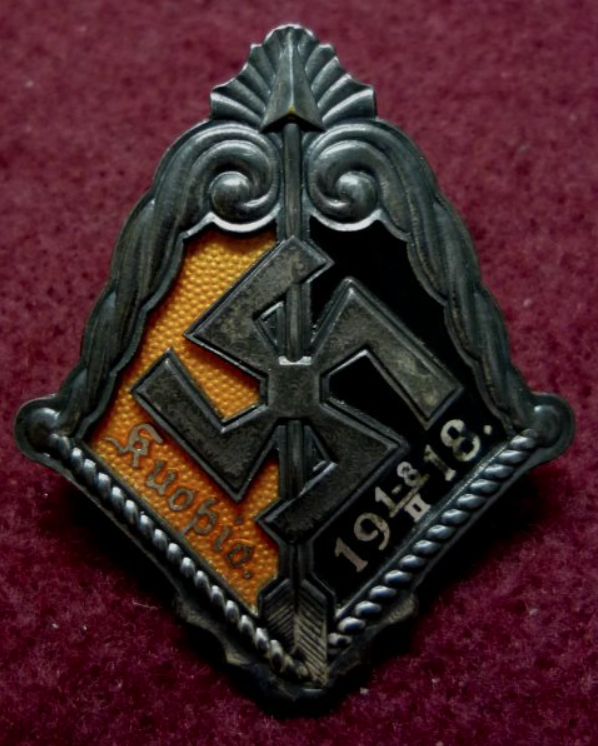
On this day in 1555, the battle of Joutselkä was fought between the Finnish troops of the Kingdom of Sweden and Muscovite Russian forces. In this battle, the Finns achieved a victory over a ten times larger Russian force thanks to innovative tactics like the use of ski troops. 

In the 16th century, the expansion of Finnish settlements and raids conducted over the border by both Swedes and Russians escalated tensions between the two kingdoms until they were in a state of war. In the Winter of 1555, Tsar Ivan the Terrible decided to invade Finland. 



The warden of the Swedish border outpost, Juho Maununpoika, had some 160 troops at his disposal against the invading Russian force of 6000 men (modern estimate). Instead of retreating, he decided to stop the Russians at the border with a counterattack. 



He recruited 400 Finnish peasants, armed with spears, axes and bows from nearby villages to his force and devised an ambush. The Finns were eager to defend their homes and most importantly, were equipped with skis - something the enemy lacked. 

He chose the place of his ambush in Joutselkä, where the hilly and forested terrain restricted the enemy’s movements to the narrow road. At the end of the road, he set up defensive positions with his cannons and 60 cavalrymen. 

When the Russian force arrived, their advance was stopped at the abatis. The Russian commander, boyar Ivan Bibikov looked at the small Swedish force, laughed and raised a toast. At that moment, the cannons opened fire and Bikikov was killed in the first salvo. 

Juho Maununpoika gave the order to attack and the Finnish infantry began skiing down at the Russians from the flanks. The Russian infantry couldn’t move effectively in the thick snow and were unable to organize a defense. As they were encircled, the Russians were struck by panic. 



The Russians managed to break through the encirclement but with heavy losses: They endured 300 casualties and lost their baggage train, 29 flags, weapons for 2000 men and 500 horses. Although the battle didn’t end the war, it showed the enemy what the Finns were capable of. 

Most of the paintings I posted were made by Aarno Karimo, the drawings were from “The History of the Northern Peoples” by Olaus Magnus.
• • •
Missing some Tweet in this thread? You can try to
force a refresh































